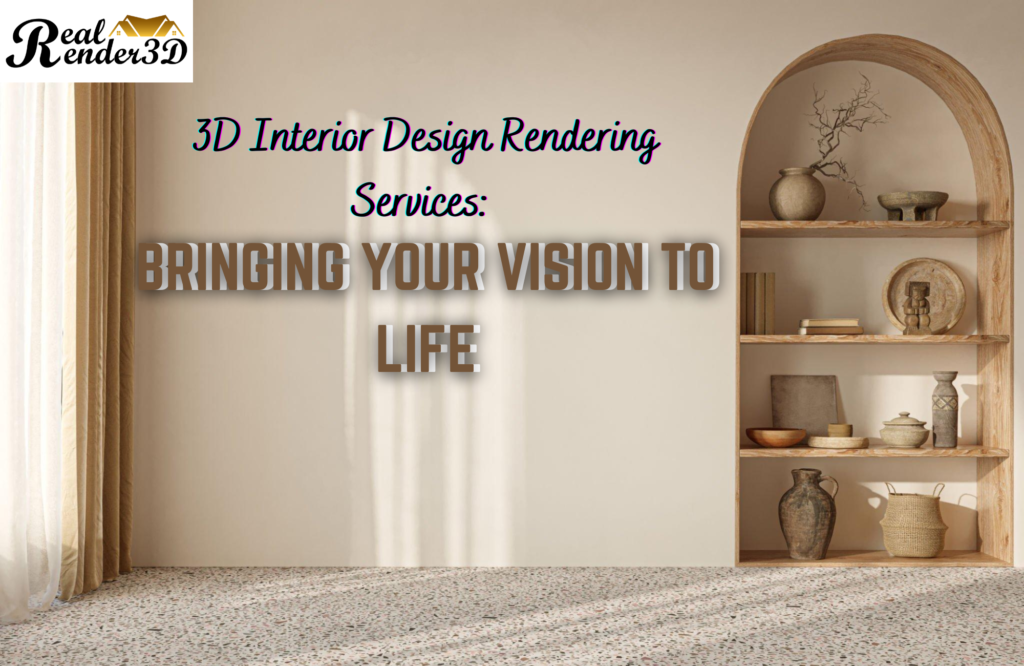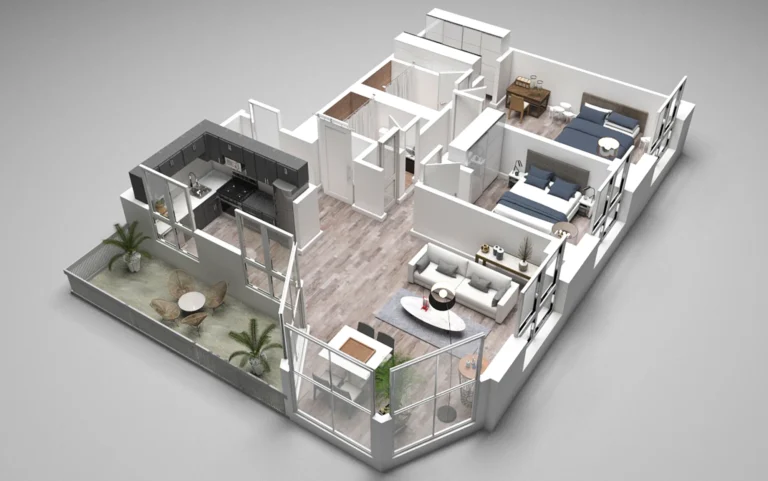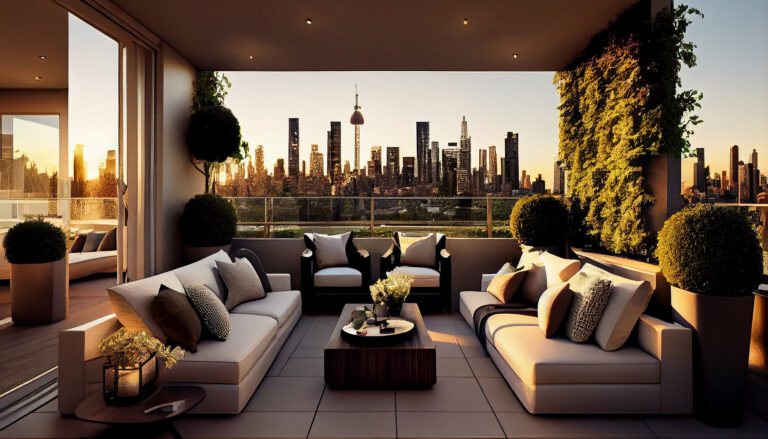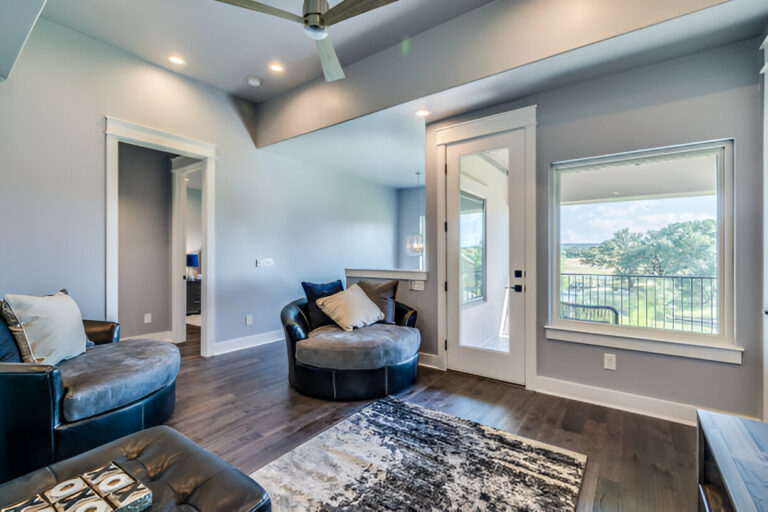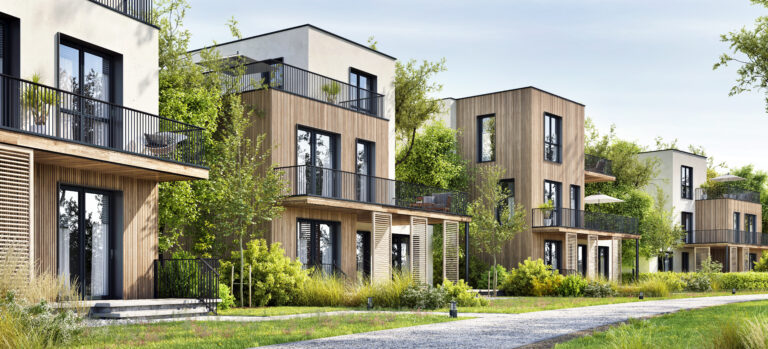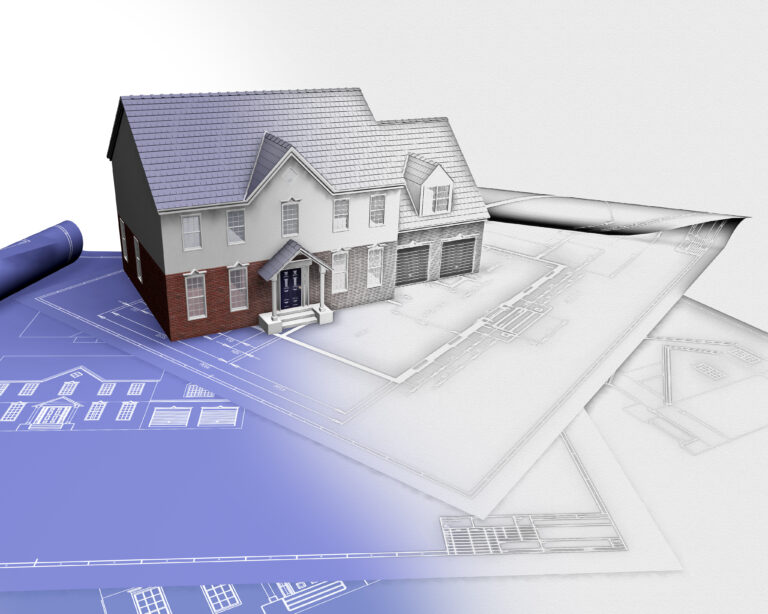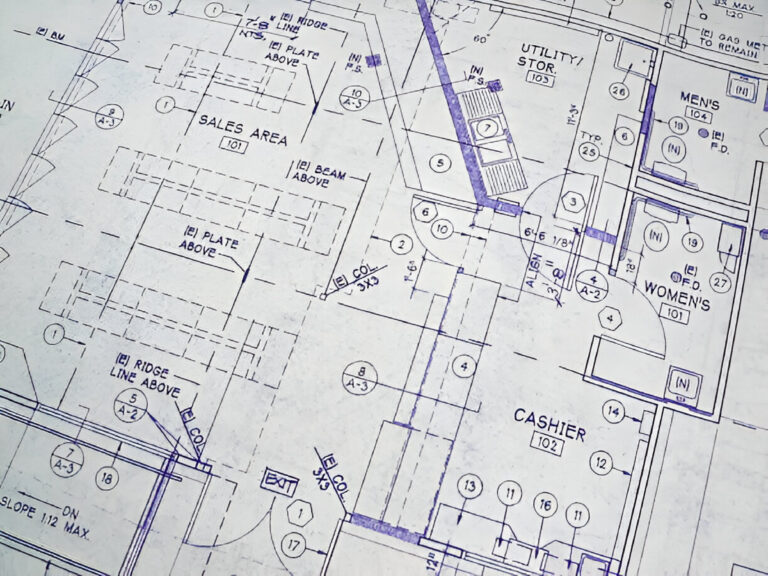Introduction
In the fast growing architectural visualization industry, interior designers must master and have top-notch design skills to remain relevant and competitive in 3D visualization. Creating high-quality architectural renderings helps 3D artists communicate their design ideas to customers using visual representations and win the trust of clients who will be pleased by their work. It is important for rendering artists to take their time and ensure they create outstanding 3D visualizations to showcase your designs to customers, understanding that the market is competitive. Unlike 2D images, 3D renderings represent real-life representations of design projects. Therefore, hiring a talented 3D artist with a proven track record of transforming your interior design vision into a reality is advisable for any client who wishes to create outstanding buildings that will generate a high return on investment.
What is Interior Rendering?
Interior design rendering entails creating real-world images of interior spaces. Rendering professionals first create 3D models, which are later used to generate digital representations that highlight interior space features with clarity and precision from all angles. This also helps the client have a clear picture of how the final interior render should look before the completion of the project.
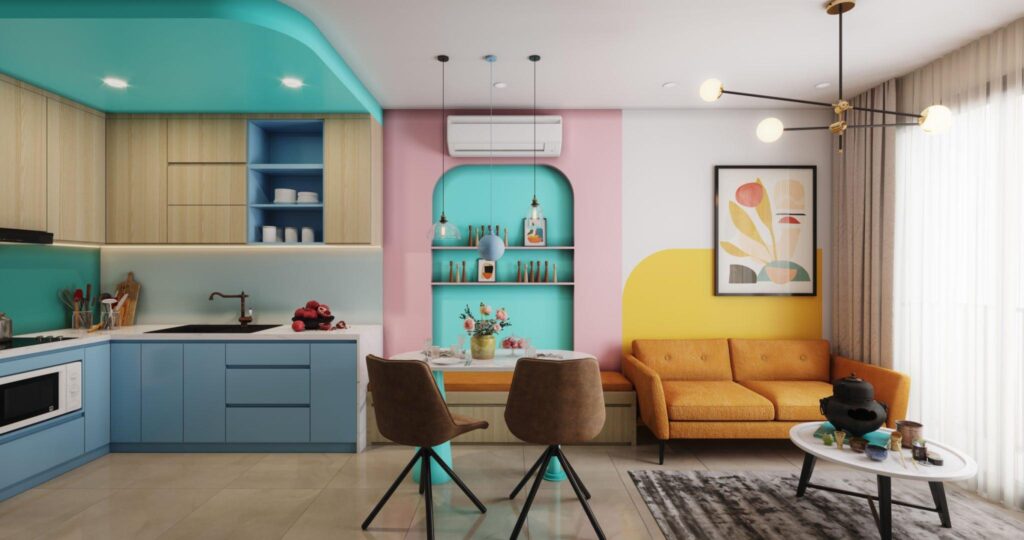
Tons of benefits come with 3D residential rendering. First, clients can view their final renders, understanding every design aspect integral to making informed decisions. Second, interior visualization is cost-efficient because the 3D architecture is able to spot any design flaws earlier and make necessary changes that would be costly when spotted during construction. Real estate agents use stunning visualizations to market their interior spaces locally and internationally to prospective buyers. Here is a guide on how architectural rendering improves design workflow and collaboration:
Showcase Your Design with Photorealistic Renderings
A common challenge faced by many real estate interior visualization artists is implementing design concepts into a reality for easier comprehension and appreciation by clients. Customers no longer use 2D floor plans because they cannot visualize these renderings’ features clearly.
As a result, interior designers have been forced to adopt which guarantee customers an immersive preview of their envisioned spaces, fostering a better understanding of the final render. Several factors should be considered to ensure the 3D environments designed are the exact products the clients anticipated, including spatial volumes, furnishings, textures, lighting, and materials.

An outstanding architectural visualization showcases the capabilities of the 3D artists in creating a beautiful-looking floor plan. Similarly, a 3D flythrough takes the clients through a virtual project tour, simulating how the final render is expected to look. This enhances communication between the 3D artist and the customer. Since there is a clear view of the project, the design approval process is fast, and the client gains more confidence in the 3D artist.
Skilled Artists Realize Your Creative Goals
Several companies that have failed to offer quality 3D rendering services need to gain the know-how and artistic talent needed to navigate effectively in the industry. 3D rendering is a crucial field that needs expertise, cutting-edge technologies and dedication from 3D professionals to bringing your vision to life.
The success of the client’s project depends on several factors, including their design concept and aspirations, that serve as a roadmap throughout the rendering process. Skilled artists should understand how to choose colour, materials, and the right measurements to guarantee clients exemplary results. Proper interior space lighting is a skill integral to helping bring to life your dream in the most lifelike and ultra-realistic manner.
3D professionals use modern software tools like global illumination and ray tracing to generate the highest-level renderings faster. These images make it easier for 3D artists to communicate and sell their unique design ideas to interested buyers.
Applications Across Residential, Commercial and More

Property sellers and real estate agents use visualization services to provide video communication and advertise their products across various sectors. 3D artists should ascertain that the quality of the renderings meets the client’s expectations because this impacts the customers’ decision-making and evaluation process.
Residential customers find realistic visualizations integral, especially in determining the accuracy of their 3D interior renderings. This type of rendering showcases the entire interior features of your space and objects that add a sense of elegance and photorealism to your space.
Overall, renders are crucial in speeding the design approval process because the customers have a detailed view of how their project’s final render should look, even before construction starts. Providing excellent 3D architectural customer services amplifies customer satisfaction and enhances client interaction, leading to a better customer base.
Evaluating Visualization Partners
Mastering the art of designing quality rendering projects keeps you a level higher than your competitors. Choose a 3D artist who is innovative and creates unique, stunning images that do not correlate to their previous projects and meet your expectations. Consider the following factors when choosing the right studio for your rendering needs:
- Portfolio – Your portfolio reflects you and the 3D rendering services you offer. Ensure you include quality architectural rendering images of your completed and ongoing projects in your portfolio.
- Expertise – Hire expert 3D artists with a proven track record in offering outstanding interior
- Technology – Use modern and advanced visualization tools to generate high-quality images.
- Reliability – The studio should be open for discussion, embrace teamwork and client inclusion in the project, and be able to make any revisions when requested.
Real estate agents and property owners should not settle for low-quality renders; instead, they should hire 3D experts to design exceptional architectural renderings. Remember that the quality of your renders impacts the perceived value of your work, the potential for higher return on investments, and customer satisfaction.
Communicating Design Excellence
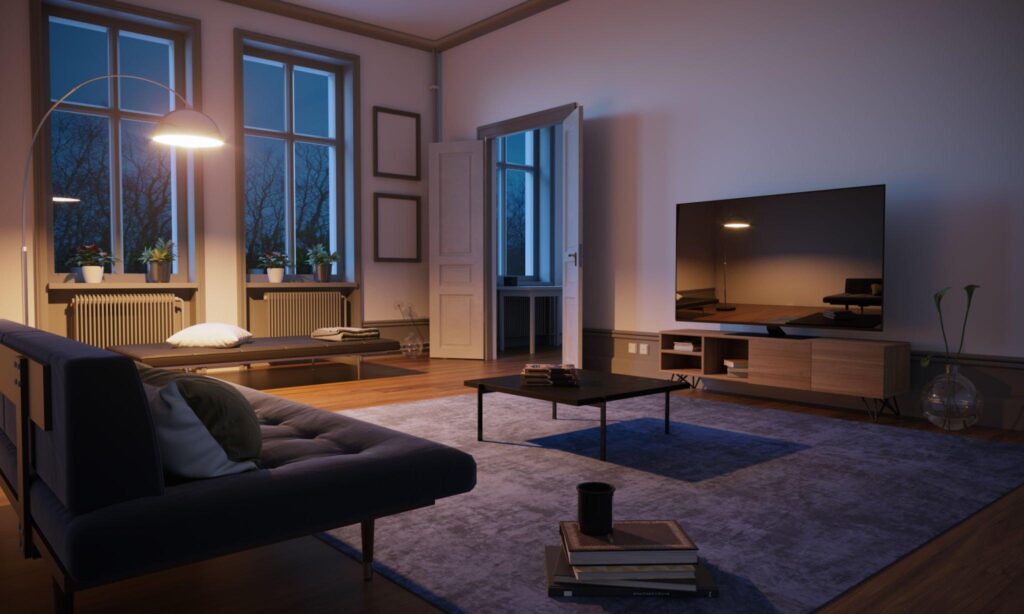
Interior rendering images help designers communicate their design concepts to prospective customers in a vivid and easy-to-understand way. Spectacular renders showcase your design skills to customers and demonstrate your level of imagination and how you give life to it in the most realistic manner. 3D Interior rendering is an art and science that demands specialized skills from smart designers who will guarantee you dazzling renders.
Conclusion
Interior rendering services are becoming an integral part of the real estate industry. 3D designers use the tool to create and refine architectural renderings and enhance communication between them and their clients. The tools are also used for home renovation and marketing purposes of your interior space.
If you want to win more customers and increase your property’s return on investment, explore the potential of interior rendering. This will help you visualize the future and transform it into a reality. Read the blog 3D architectural visualization tips for photorealistic 3D house renderings to master the intricacies of interior design.
Frequently Asked Questions
1. Why are 3D renderings important for interior designers?
3D renderings are crucial for interior designers as they facilitate accurate visualization and communication of design concepts to clients.
2. How can renderings help win new projects?
Renderings can help win new interior rendering projects by enabling clients to visualize the end result, fostering confidence and trust in the designer’s capabilities.
3. What are some key rendering techniques
Key rendering techniques include attention to lighting, materials, textures, and realistic detailing, which collectively contribute to creating immersive and lifelike visualizations.
4. Why outsource rendering services
Outsourcing rendering services can save time and resources, providing access to specialized expertise and advanced technology without needing in-house investment.
5. What should designers look for in a rendering partner?
Designers should look for a rendering partner with a strong portfolio, a proven track record of meeting deadlines, and the ability to adapt to various project requirements and styles.
6. How can renderings help residential clients?
Renderings can assist residential clients by allowing them to envision their dream spaces, make informed decisions, and ensure that the final design aligns with their preferences and expectations.
7. What is the cost of interior rendering services?
The cost of interior rendering services varies based on project complexity, quality requirements, and the scope of services, typically ranging from a few hundred to several thousand dollars per project.
Alex Smith is a content writer at RealRender3D, writing informative articles on 3D rendering, interior design, architecture, and related topics.
With over 15 years of experience at top UK architecture and interior design firms, Alex leverages his expertise to write engaging content educating readers on AEC industry trends and best practices.
Connect with Alex at alex@realrender3d.co.uk.
